In recent years, machine vision has developed rapidly. Optical lens is an important part of the integration of machine vision system, which affects the imaging quality of the vision system. Selecting the appropriate optical lens is a key link in the formation of the vision system. However, there are various types of industrial lenses, one of which is called telecentric lenses. As for how to choose a telecentric lens, we still don't know what issues should be paid attention to.
When choosing a telecentric lens, you should first understand when you need to use it. According to the principle characteristics and unique advantages of the telecentric lens, when the visual inspection encounters the following situations, it is best to use the telecentric lens:
1) When it is necessary to detect objects with thickness;
2) When objects that are not on the same plane need to be detected;
3) When it is not clear what the distance from the object to the lens is;
4) When it is necessary to detect objects with apertures and three dimensions;
5) When low distortion is required and the brightness of the image effect is almost the same;
6) When the defect can only be detected under parallel illumination in the same direction.
When selecting a telecentric lens, the following points need to be considered:
1. Target surface matching: There is a very important parameter in industrial cameras: chip specifications. When selecting lenses, one-to-one correspondence is often required, that is to say, the imaging size of the lens should be greater than or equal to the chip size of the camera. Generally, the two are equal. If the size of the lens is larger than that of the camera, it can also be used, but there will be a certain cost waste.
2. Interface matching: When choosing a telecentric lens, you must consider the corresponding problem of the interface. The interface between the camera and the lens must be consistent, otherwise it cannot be installed.
3. Precision matching: General visual projects will have precision requirements, which are generally the combined precision of hardware and software. When selecting the lens, it is necessary to focus on the accuracy that the hardware can achieve.
Pomeas telecentric lenses include double-sided telecentric lenses, zoom telecentric lenses, standard telecentric lenses, etc., which can well meet the user's precision testing needs in precision parts testing, mobile phone parts testing, and electronic component measurement.
Product recommendation
TECHNICAL SOLUTION
MORE+You may also be interested in the following information
FREE CONSULTING SERVICE
Let’s help you to find the right solution for your project!
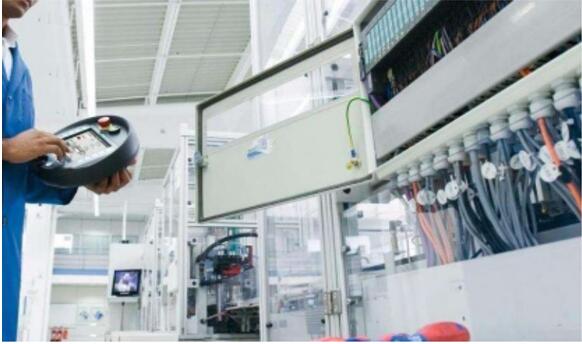


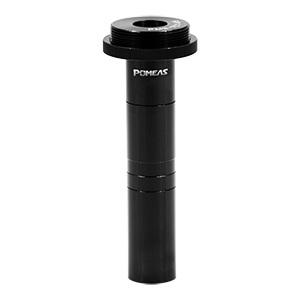
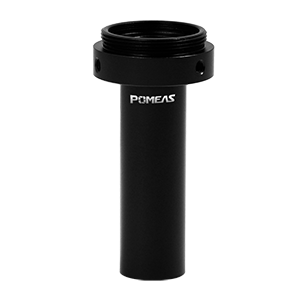
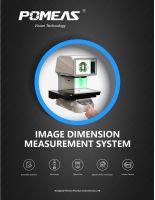

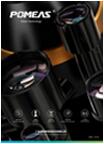
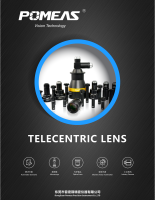
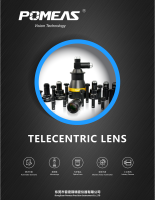
 ASK POMEAS
ASK POMEAS  PRICE INQUIRY
PRICE INQUIRY  REQUEST DEMO/TEST
REQUEST DEMO/TEST  FREE TRIAL UNIT
FREE TRIAL UNIT  ACCURATE SELECTION
ACCURATE SELECTION  ADDRESS
ADDRESS Tel:+ 86-0769-2266 0867
Tel:+ 86-0769-2266 0867 Fax:+ 86-0769-2266 0867
Fax:+ 86-0769-2266 0867 E-mail:marketing@pomeas.com
E-mail:marketing@pomeas.com
